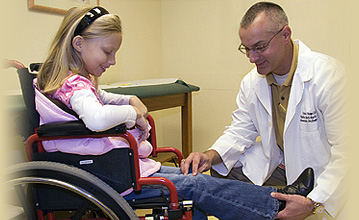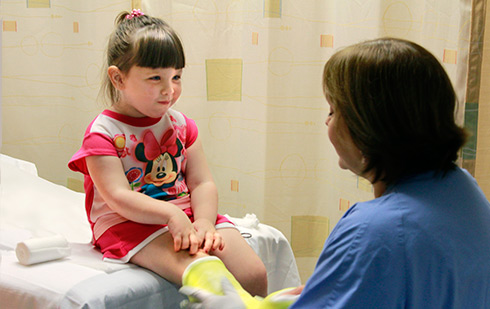Our Orthopedic surgery is considered when other less invasive treatments and therapies have been exhausted without success. Orthopedic surgery can be performed on bones, ligaments, joints, tendons, muscles.
The location of surgery can vary from the upper extremities (wrists, arms, shoulders, spine, and back) to the lower extremities (feet, ankles, legs and hips).
The focus of Neuro Care Orthopaedic team is to “manage” impairment, control pain, optimize independence and self-care, maximize movement, balance and coordination and maintain functionality. When considering orthopedic surgery options, the benefits are weighed against the risk surgery. Not all deformities need to be corrected, nor is it advisable to try.
Our Surgery is often used to optimize potential for:
- Movement
- Balance
- Coordination
- Fine motor skills – hand, wrists, finger, foot, ankles, toes.
- Gross motor skills – sitting, standing, crawling, walking, running, wheeled mobility, and adapted mobility
- Balance and coordination – head control, trunk control, posture, and standing
The goal of Neuro Care Orthopedic surgery team include:
- Pain management
- Minimizing impairment
- Maximizing motor function
- Achieving posture stability and balance
- Increasing muscle strength
- Optimizing muscle tone
- Decreasing spasticity
- Minimizing joint deformity while maximizing joint functionality
- Achieving optimal activities of daily living skills
- Promoting self-care
The surgery goals may be obtained through surgery procedures which:
- Correct anatomical abnormalities (hip dislocation e.g. proximal femoral varus derotation osteotomy ,pelvic osteotomies ☆uneven leg length, and scoliosis
- Decrease spasms
- Improve bone (various types of bone osteotomies)
- Lengthen muscles and tendons
- Tendons transfer
- Prevent spinal deformities and contractures
- Control pain
- Release contractures
- Release fixed joints
- Release tight muscles
- Restore control and coordination
- Restore muscle balance
- Stabilize joints

 العربية
العربية



